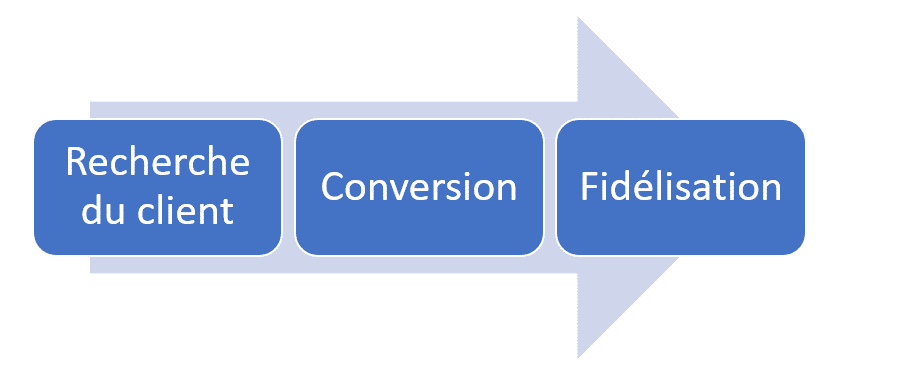According to Markess, 45% of decision-makers say they don’t listen enough to their clients. Data contextualization may be a game-changer. Indeed, this trend is increasingly extending to the management of the customer relationship and the optimization of the customer journey. how? We’ll explain everything!
Contextualization, how to use it
Contextualization, in the end, is nothing but filtering. It is a matter of providing additional information to refine the research. But how can this method revolutionize your customer relationship?

First, the contextualization of data has several dimensions:
- Behaviour analysis
- Preferences
- Socio-demographic criteria
- Geolocation data
- Etc.
The “contextual data” that is interesting for you to collect are:
- Demographics (CSP, age range…)
- Historical data (customer past actions)
- Situational data (terminal used, weather of the day, location…).
Collecting this data has a main interest: improving the user experience. Let’s move on to a concrete example of how contextualization can be used in customer relations…
A concrete example of contextualization
The simplest example is mobile ergonomics.The contextual analysis process is as follows:
- You realize that your customers are visiting your website on mobiles rather than PCs
- You adapt your design in responsive mode
- You offer functions that use “On the go” and with one hand!
- You optimize the customer experience and improve your customer retention rate!
The goal is to create a resonance effect for the consumer by offering services that “talk to” the consumer. What’s interesting is that you can deploy this customer centric approach on several levels.
Acting in the right place, at the right time, how do you do it?
Listening to the customer to keep them loyal
The pattern of customer relationship 2.0 would be this one :

It is particularly in the final phase that the contextualization of the data intervenes and is very useful. By offering a personalized experience to the user (thanks to a prior data collection), we encourage them to stay!
Data collection can be through satisfaction surveys.
Go through satisfaction surveys to contextualize
JDMA software,by collecting your customers’ opinions, allows you to act in the right place at the right time. You quickly identify problems, so you can quickly adapt your offer to the context in which your client is evolving.
For example, if you’re a car dealer,
- In which of my car dealerships did this disgruntled customer come from? (situational data)
- Is it a regular,or casual, customer? (historical data)
- Is it a man or a woman? (demographics)
- Is he planning to change cars in the next six months? (behavioural data)
- Etc.
In this way, you constantly optimize your customer relationship, and you ensure the satisfaction of these, you contact those who wish to renew a purchase!
According to the Markess by Exaegis study, the share of decision makers equipped with a contextual analysis solution has increased from 15% in 2016 to 26% in 2018.
When do you start? Check out our review and analysis solution right here!
